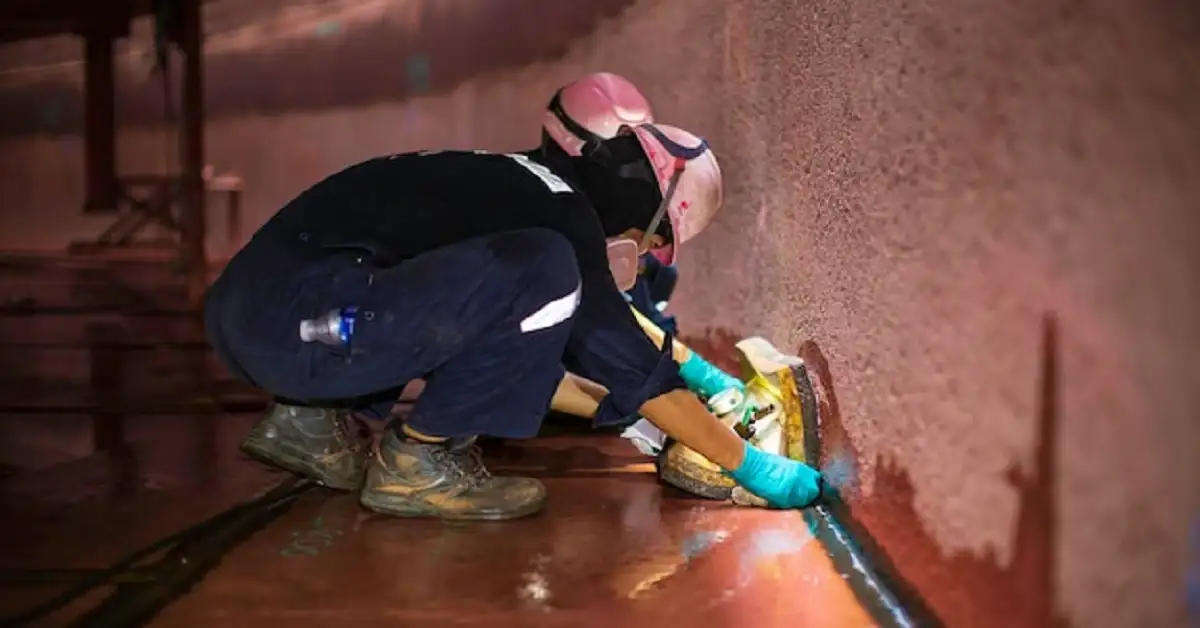Waterproofing Tips for Texas Basements and Crawl Spaces
In the vast state of Texas, where the climate can swing from sweltering heat to sudden thunderstorms, ensuring that your home is protected against moisture is paramount, especially for basements and crawl spaces. These areas, often neglected, can be prone to water damage, mold growth, and structural issues if not properly managed. In this comprehensive guide, we will delve into effective waterproofing strategies tailored for the unique environmental conditions of Texas, empowering homeowners to safeguard their properties and enhance their living conditions.
Understanding the Texas Climate
Texas experiences a variety of climatic conditions that can significantly impact waterproofing needs. From heavy rains during storm seasons to dry spells, understanding these fluctuations is crucial for implementing effective waterproofing measures.
Heavy Rainfall and Flooding
Certain areas in Texas, particularly near coastal regions and riverbanks, are susceptible to heavy rains and flooding. Basements and crawl spaces in these locations need robust protection against water intrusion.
High Humidity Levels
In addition to rainfall, Texas can also experience high humidity, which can lead to condensation in enclosed spaces like basements. This moisture can foster mold and mildew, causing health issues and structural damage.
Drought Conditions
Conversely, periods of drought can cause soil shrinkage, potentially leading to foundation movement and cracks, further complicating waterproofing efforts.
Key Waterproofing Techniques for Basements and Crawl Spaces
1. Proper Drainage Systems
Effective drainage is the cornerstone of a successful waterproofing strategy. Implementing a robust drainage system can prevent water from pooling around your foundation.
- French Drains: A French drain is a trench filled with gravel or rock that redirects surface and groundwater away from your property. This system helps to lower the water table around the foundation and can significantly reduce the risk of water infiltration.
- Gutters and Downspouts: Ensure that your gutters are clear and functioning correctly. Downspouts should direct water at least five to six feet away from the foundation to minimize the risk of water pooling around the base of your home.
2. Sump Pumps
For basements that are frequently exposed to water, installing a sump pump can be a game-changer. A sump pump is designed to remove accumulated water from your basement or crawl space, keeping it dry even during heavy rainfall.
- Battery Backup Sump Pumps: These are particularly useful during power outages, ensuring continuous operation and protection against flooding.
3. Sealing and Insulating Walls
Sealing your basement or crawl space walls can help keep moisture at bay. Here are some strategies:
- Waterproof Coatings: Apply waterproof paint or sealants to the interior walls of your basement. These products create a barrier that prevents moisture from penetrating the walls.
- Insulation: Insulating your basement walls with foam board can reduce condensation and temperature fluctuations, further enhancing moisture control.
4. Vapor Barriers
In crawl spaces, installing a vapor barrier is essential. A vapor barrier is a plastic sheet laid over the ground to prevent moisture from evaporating into the air.
- Thickness Matters: Choose a vapor barrier that is at least 6 mils thick. This provides adequate protection against moisture and can significantly reduce humidity levels.
5. Landscape Grading
Proper grading around your home can significantly impact water drainage.
- Sloping Away from the Foundation: Ensure that the ground slopes away from your home’s foundation. A slope of at least six inches over the first ten feet can effectively direct water away from your property.
- Native Plants and Ground Covers: Planting native vegetation can help absorb excess moisture, reducing the load on your drainage systems.
6. Regular Maintenance Checks
Preventative maintenance is vital for long-term waterproofing success.
- Inspect Gutters: Regularly check and clean gutters and downspouts to ensure they are free of debris.
- Check for Cracks: Regularly inspect your foundation for cracks and seal them promptly to prevent water intrusion.
Common Waterproofing Mistakes to Avoid
1. Ignoring Minor Leaks
Even small leaks can lead to significant problems if left untreated. Address leaks as soon as they are noticed to prevent further damage.
2. Skipping Ventilation
Proper ventilation in crawl spaces is crucial to prevent moisture buildup. Without adequate ventilation, humidity can skyrocket, leading to mold growth.
3. Overlooking the Impact of Trees
While trees can provide shade, their roots can compromise your foundation. Ensure that trees are planted at a safe distance from your home to avoid potential damage.
Professional Waterproofing Solutions
While many homeowners opt for DIY methods, sometimes professional assistance is necessary, particularly for extensive water issues.
- Consulting Waterproofing Experts: A professional can assess your property’s specific needs and recommend tailored solutions. This might include advanced drainage systems, sump pump installation, or more sophisticated sealing techniques.
- Foundation Repair Services: If your home has suffered from water damage, consulting a foundation repair specialist is essential. They can provide solutions to restore the integrity of your foundation.
Conclusion
Waterproofing your basement and crawl space in Texas is not just a preventive measure; it’s an investment in the longevity and safety of your home. By implementing the strategies outlined in this guide, you can effectively manage moisture and protect your property from the unique challenges posed by the Texas climate. Remember, the goal is to create a comprehensive approach that combines effective drainage, sealing techniques, and regular maintenance checks.
For further information and resources on how to enhance your home’s waterproofing and overall maintenance, we recommend visiting The Insider’s Views for valuable insights on boosting traffic to your website and additional homeowner tips.



